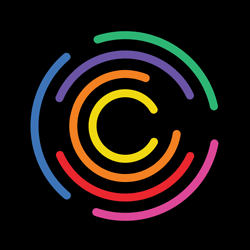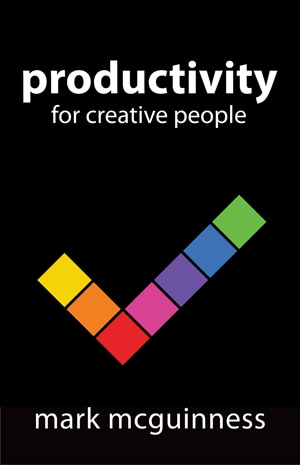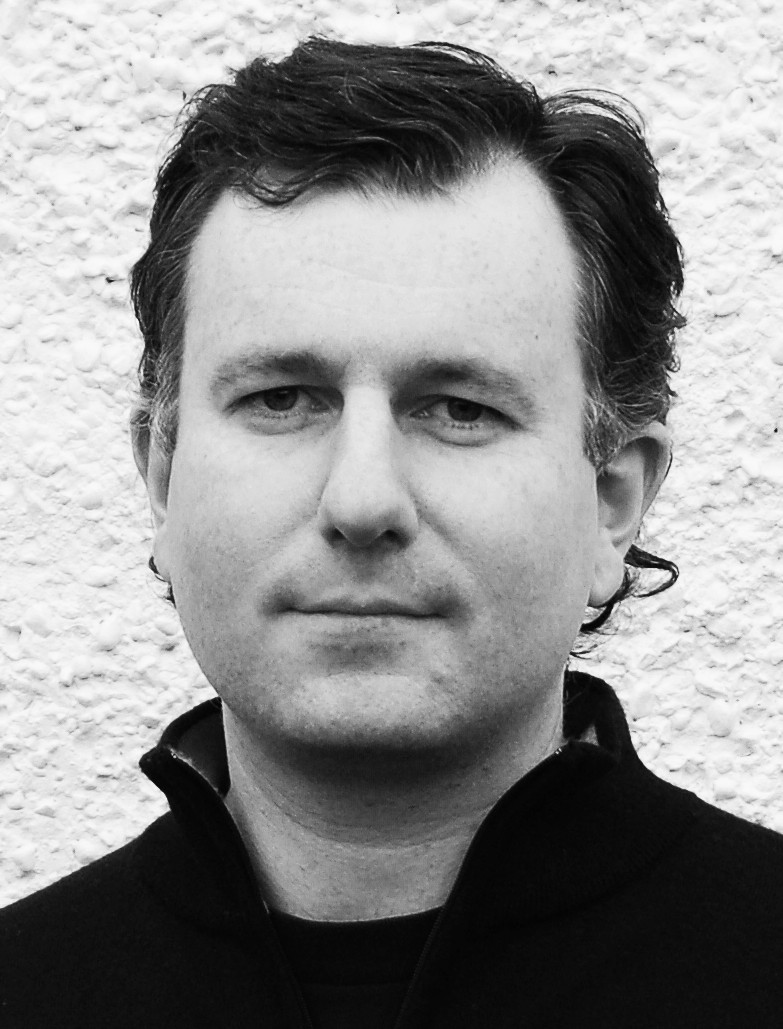An interview about time management training I recorded at the Royal College of Art, courtesy FuelRCA
I like the phrase ‘ordered chaos’. It suggests a way of working that on the surface looks completely irrational and disorganised – the cluttered desk, sleeping till noon and burning the midnight oil – but which is actually obeying the laws of an idiosyncratic creative process. For me, that’s the key to creative work – finding your own method in the apparent madness.
In a world where conformity and efficiency routinely drown out creativity and originality, it’s not surprising that many creatives are resistant to the very idea of time management. The productivity industry is huge, but as I said right back at the beginning of the Lateral Action blog, Foolish Productivity Is the Hobgoblin of Creative Minds.
On the other hand, when I released an e-book called Time Management for Creative People, it was an instant hit and has now been downloaded hundreds of thousands of times. The workshops I ran on the subject were invariably packed with people eager to learn how to inject a little order into their creative chaos. And Scott Belsky and his team at Behance built a killer business around their mission ‘to organize the creative world’.
I think this is because there are three ways that productivity systems can — if used wisely — significantly enhance creativity.
1. Carve out time for creative work
In an ideal world, you’d spend your whole day doing interesting creative work. Sadly, most of us have to mix it in with admin, meetings, and responding to others’ demands. The last thing you want is for this kind of thing to encroach on your real work and interrupt your concentration.
If you’ve got a well-established daily routine, and/or solid systems for capturing and processing all your to-do list items, it’s much easier to allocate time to focused creative work, secure in the knowledge that you’ll deal with everything else in good time.
I love mornings. This is the time I set aside for writing. It’s been a good day if I’ve spent several hours working on something I’m excited about, and I feel I’ve made progress. Once I’ve done that, I can put up with (almost) any amount of interruptions, e-mails, admin and errands. Afternoons are when I do all of that stuff.
You may be different. Your peak productivity time could be the afternoon, evening or even 3am. Whenever it is, treat it as sacred time, to be spent on your most important work. Slot the admin and other things in around it.
2. Finish what you start
If you’re anything like me, you’re constantly coming up with new ideas for projects, so it’s tempting to start more than you can possibly finish. And as Seth Godin says in Linchpin, the only purpose of starting is to finish.
If you haven’t produced something — dotted the i’s, crossed the t’s and published it, played it for an audience, displayed in public or shipped it to your customers — then you haven’t really created anything.
A good productivity system has accountability built in. By recording your projects, tasks and commitments, you can see what you’ve started, what you’ve finished and what is still incomplete.
No, it doesn’t sound sexy and you might not want to talk about it too much at the artists’ bar, but it’s a great way to develop the discipline of seeing things through — and stand out from the legions of would-be superstars with hard drives and notebooks full of half-baked ideas.
3. Reduce anxiety
Several years ago, I worked in a perpetual state of anxiety. I was anxious that I’d forget something important (I often did), anxious that I had too much to do, anxious that I didn’t even know how much I had to do, anxious that an e-mail or phone call could arrive at any moment and completely de-rail my day.
These days, because I have systems in place to keep my work on track, I’ve practically eliminated that kind of anxiety. I know I’m not going to forget something important. I know how much I have to do. I know when it’s time to say ‘no’ to new projects.
That leaves me with the right kind of anxiety — the anxiety that comes with starting a big ambitious project; the anxiety of working with demanding clients in challenging situations; the anxiety of trying new things and taking creative risks.
The result is that it’s much easier for me to focus when I need to — on writing, on presenting, on working with clients in coaching sessions. I’ve got far more mental bandwidth available, which means I’m much more creative and productive.
The least you need to do
In an article for The 99 Percent, I outlined an approach to creative productivity based on Routines, Systems and Spontaneity:
- Routines – Organising your day around your circadian rhythms of arousal and rest, so that you spend your peak performance time on challenging creative work.
- Systems – Using robust productivity systems to captue and process all of your commitments.
- Spontaneity – Leaving the door open for insight and inspiration to strike, and being willing to follow your flights of fancy wherever they take you.
If you keep this basic framework in mind, and combine it with the detailed practical advice in my e-book Time Management for Creative People, you’ll find it easier to get more creative work done and keep up with your professional obligations.
It will never be 100% easy – you’ve picked a creative career, remember! And creativity is by definition challenging. But on balance you should find the challenges more stimulating than stressful.
Worksheet
Podcast episodes
The following episodes of The 21st Century Creative Podcast touch on the themes of today’s lesson:
Kill Email Anxiety and Do More Meaningful Work with Jocelyn K. Glei
How to Find the Heart to Start with David Kadavy
Other resources
Written by me, unless otherwise indicated
Productivity for Creative People — my book, which gives you a clear structure and practical techniques for putting your creative work first, and still keeping up with your other commitments.
Manage Your Day-to-Day: Build Your Routine, Find Your Focus and Sharpen Your Creative Mind – I contributed two chapters to this book from 99U. Other contributors include Steven Pressfield, Seth Godin, Stefan Sagmeister, Cal Newport and Todd Henry.
Foolish Productivity: the Hobgoblin of Creative Minds
Beyond Getting Things Done — Lateral Action
RSS Creativity — Routines, Systems, Spontaneity
The Key to Creating Remarkable Things
The Creative Habit: Learn It and Use It for Life by Twyla Tharp. Practical advice from an award-winning dancer and choreographer.
Making Ideas Happen: Overcoming the Obstacles Between Vision and Reality by Scott Belsky, founder of Behance
Supercharge Your Productivity with Ultradian Rhythms
Tune in next week …
… when we’ll look at how you can earn a decent living from your creative talent.
About The 21st Century Creative
Copyright © Mark McGuinness 2010-2019



